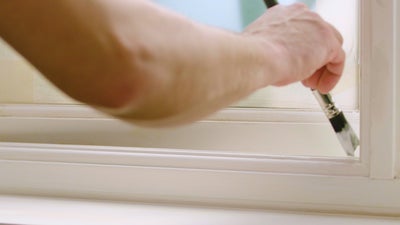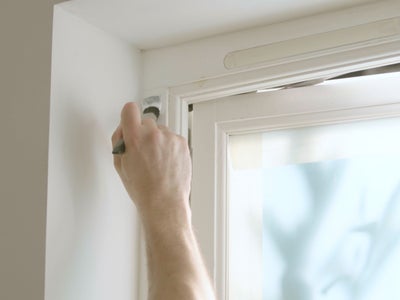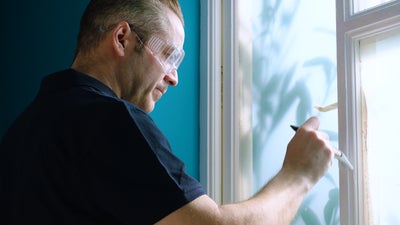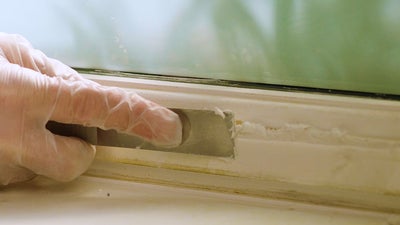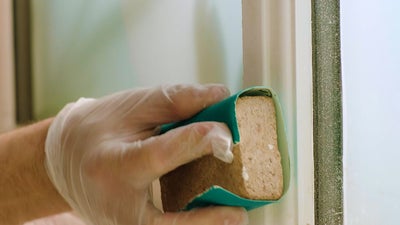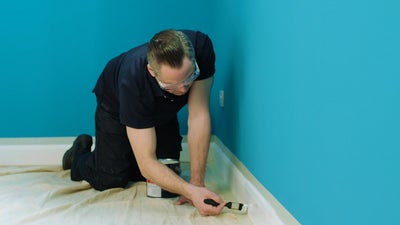How to paint interior woodwork
Why paint interior woodwork?
The interior fittings and room trims in your home such as windows, doors, and skirting boards are quite high traffic areas which will probably get knocked or scuffed over time. Painting them protects these areas and makes a real difference to the look of the room. It’s quite a straightforward task if you follow some important steps.
If you’re painting interior woodwork as part of a room project, then read our How To Paint A Room guide.
What is the best paint for interior woodwork?
Although gloss paint has traditionally been used for painting skirting boards and internal doors and windows, there are now several different finishes available. The finish you choose will depend on your own personal preference and the type of project you’re doing. The three main finishes are:
- Gloss - a hard wearing paint with a high sheen and almost reflective finish. However this high sheen can often highlight imperfections in the wood after the paint has been applied.
- Satin – also known as satinwood, this finish is less reflective than gloss and is better for concealing blemishes. It gives the wood a slightly ‘flatter’ more realistic look and more depth of colour. A satin finish is especially suitable for internal doors.
- Eggshell – also known as a flat matt finish, this is a very low sheen, non-reflective finish. It looks similar to standard emulsion but is much more durable, making it ideal for high traffic areas.
How do I prepare wood for painting?
Properly preparing wood for painting is essential if you want a professional finish. The preparation you need to do depends on whether you’re re-painting old woodwork or painting new bare woodwork.
Before you start, remove as much furniture as you can from the room and cover the floor and any remaining furniture with a dust sheet. If you’re painting a skirting board then lay down some masking tape to protect the carpet.
Remember to open any windows before you paint them – if you leave them closed you risk sealing them shut as you paint.
Make sure that your room is well lit so you can clearly see any areas that you’ve missed. Whilst painting, regularly step back to look at the wood from different angles and make sure coverage is consistent. Any patchy areas will be particularly noticeable with a high sheen finish.
Preparing and painting bare wood
Step 1
Step 2
Step 3
Step 4
Preparing and repainting painted wood
The condition of your existing paint is key to how much preparation you will need to do. If the paintwork is very old or in poor condition then it’s best to remove it completely and strip back to bare wood. A heat gun is the best tool for this – carefully follow the manufacturer’s instructions to avoid damaging the woodwork.

